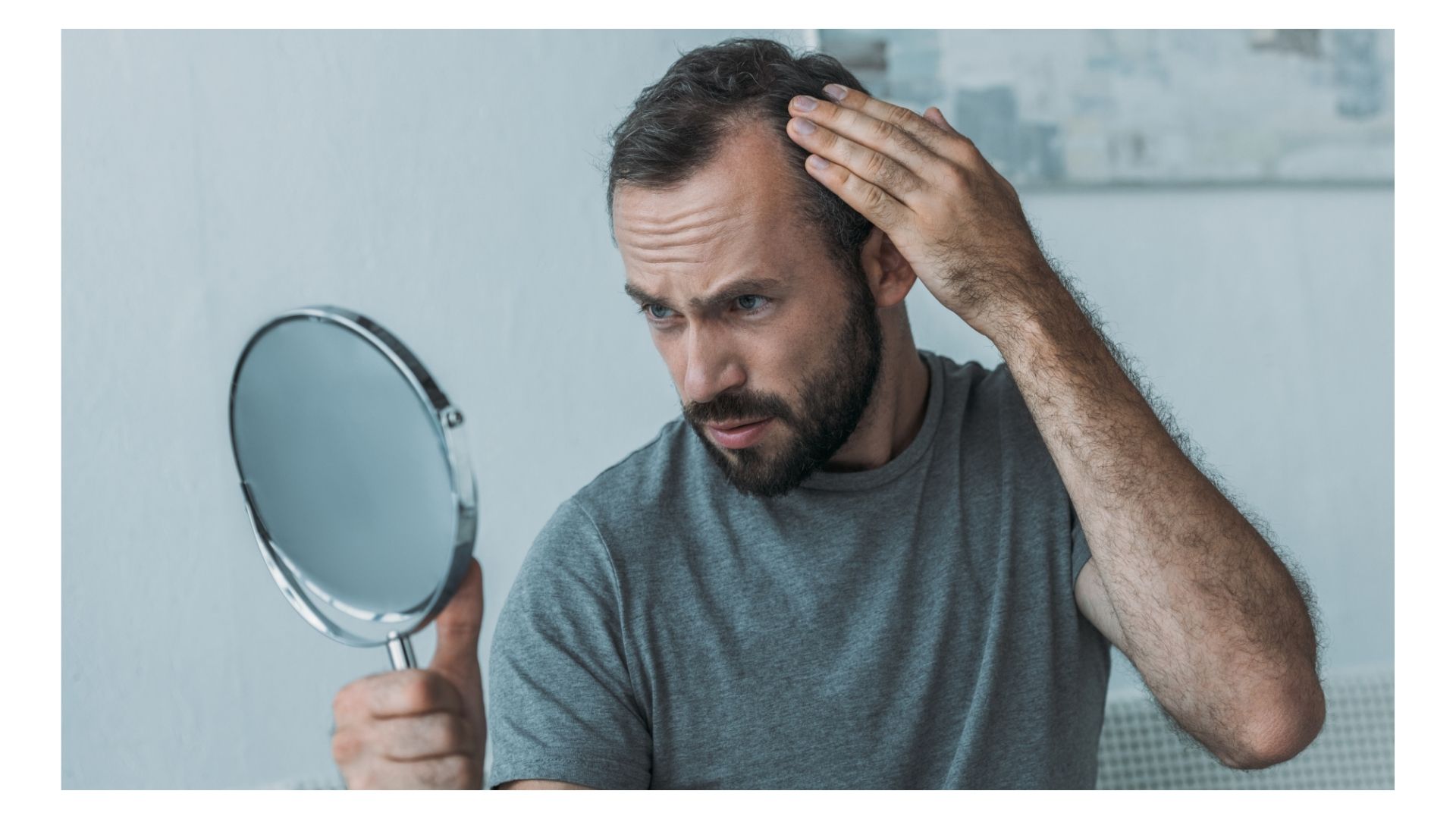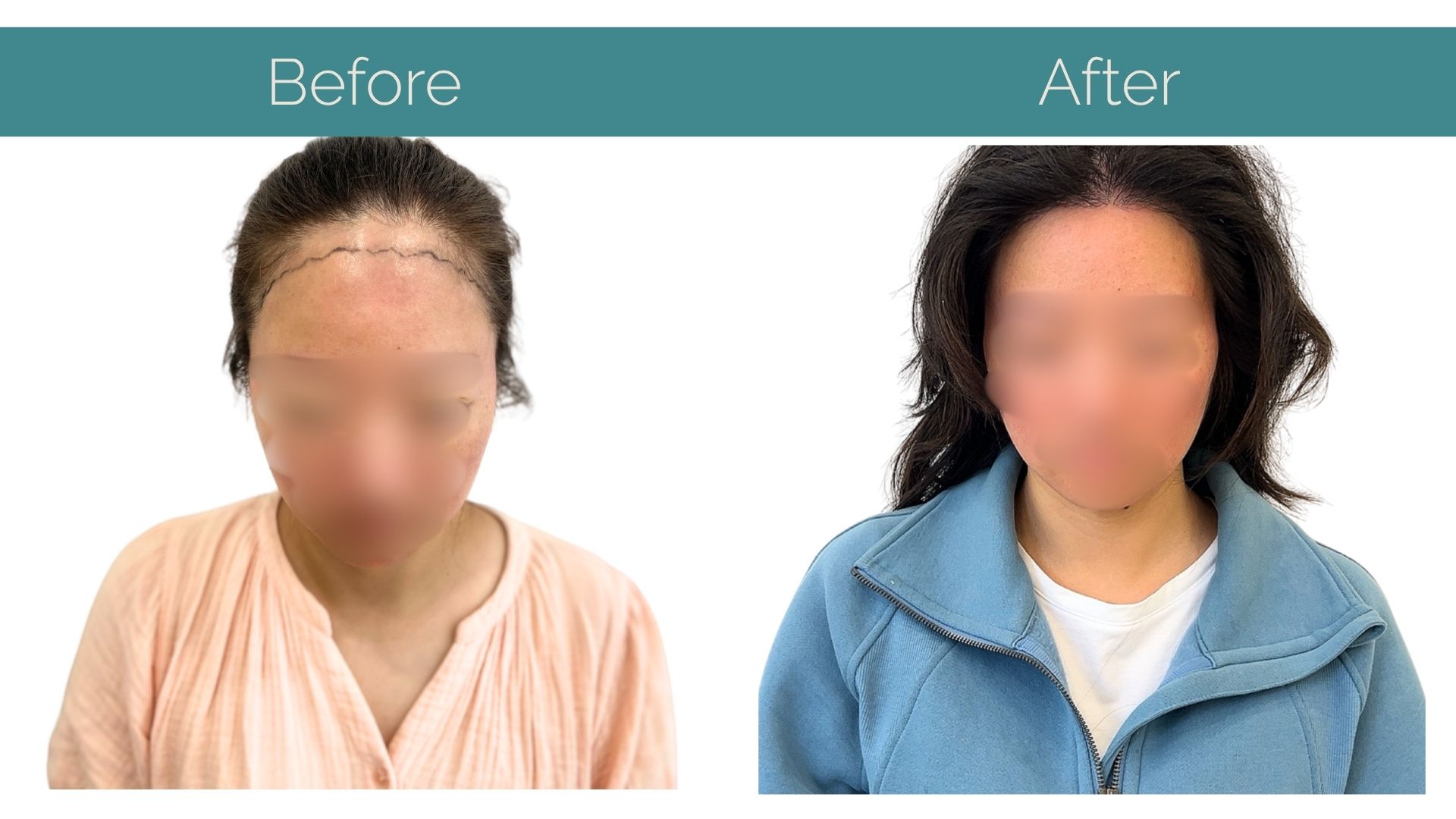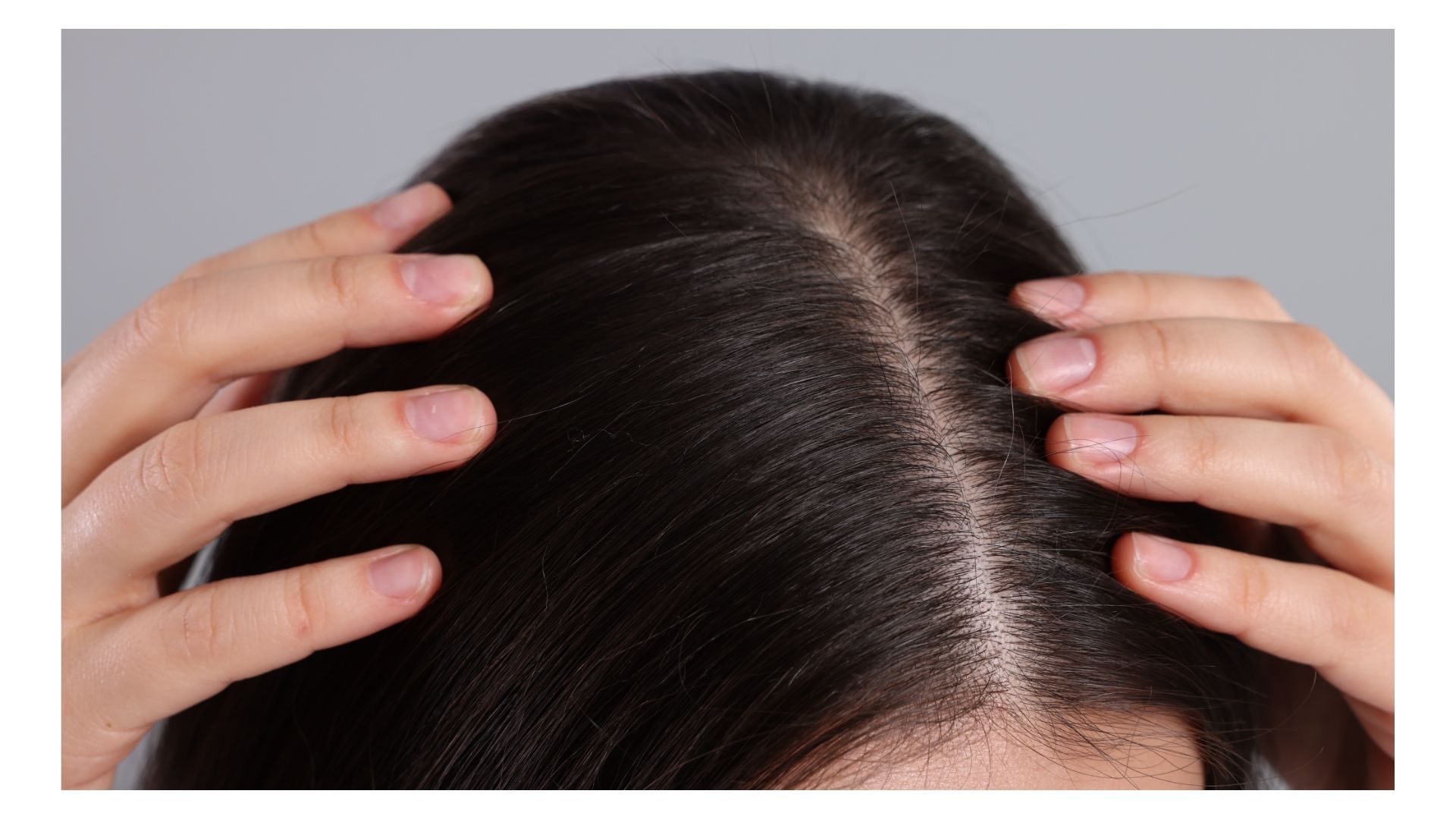When it comes to hair loss, many men feel like they’ve run out of options. Whether it’s a receding hairline, thinning crown, or patchy regrowth from previous treatments, finding a lasting and natural-looking fix can seem like a constant uphill battle.
But what if the solution isn’t on top of your head – but on your face?
Welcome to the world of beard-to-scalp hair transplants – a growing trend in hair restoration that’s offering real hope to those with limited donor hair on their scalp. It may sound unusual at first, but this technique is being hailed as a breakthrough for men looking to restore volume and confidence without compromise.
Why Beard Hair Works
Most traditional hair transplants use follicles from the back or sides of the scalp – areas typically resistant to hair loss. But for some men, especially those with extensive thinning, there simply isn’t enough donor hair available on the head.
That’s where the beard comes into play.
Beard hair tends to be thick, strong, and genetically different to scalp hair – meaning it often remains full even as hair loss progresses elsewhere. For many patients, it becomes a valuable resource for boosting hair density, particularly in areas like the crown or scarred patches where density matters more than matching texture exactly.
This approach is especially useful for clients who’ve had previous transplants and want to improve results, or those with scarring from surgery or trauma that need concealing.
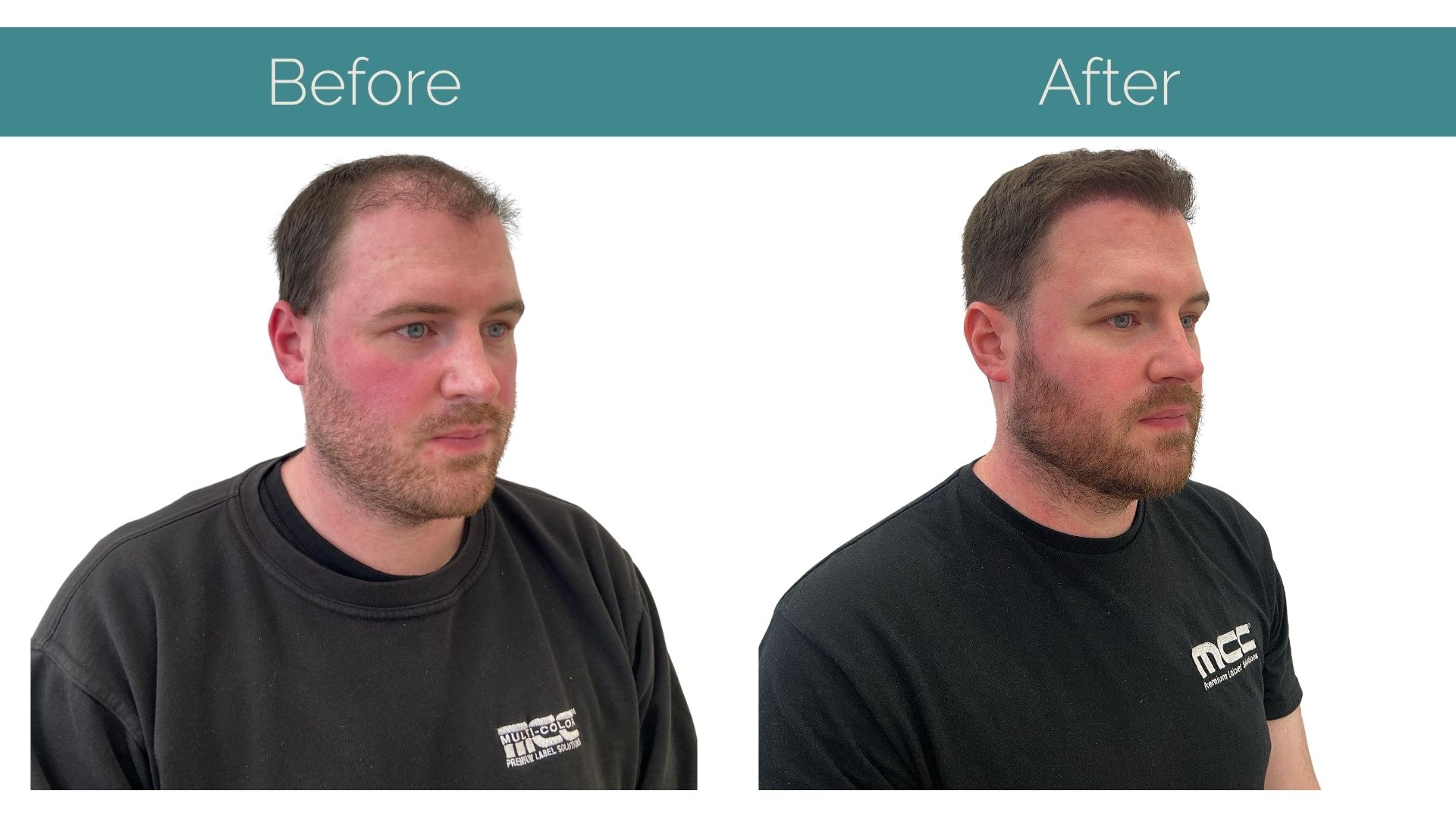
The Transplant Process Explained
While the idea of transferring facial hair to your scalp may sound complex, the process is remarkably straightforward thanks to modern techniques.
It begins with a consultation where a specialist assesses your facial hair growth and scalp needs.
Typically, donor hair is taken from the under-chin and neck area – places that offer sufficient growth without affecting your beard’s appearance. Using a technique called Follicular Unit Extraction (FUE), individual hairs are carefully harvested using tiny, precise tools.
Once harvested, the grafts are then implanted into the thinning areas of the scalp. Here, the surgeon takes great care to match the direction, angle, and spacing of your natural hair growth to ensure a seamless look.
The result? Hair that blends in naturally, grows long-term, and is barely distinguishable from scalp hair once fully settled.
Recovery and Results
One of the most appealing parts of this treatment is its relatively short recovery time.
In the first week, patients can expect some redness, small scabs, and mild swelling, both in the beard donor area and the scalp. Most people are comfortable returning to work within a few days, especially if they don’t mind a little visible healing.
By the second to fourth week, healing is well underway. Interestingly, the newly implanted hairs often fall out around this time – a normal and expected part of the process known as “shedding.”
It’s not until around the three-to-four-month mark that new hairs begin to grow through the scalp and show lasting results. Over the course of a year, those hairs mature, thicken, and blend in with the surrounding hair.
Final results are typically visible by 12 months, with many patients reporting a renewed sense of confidence as the mirror begins to reflect a fuller, more youthful appearance.
Does It Look Natural?
A common question surrounding beard-to-scalp transplants is whether the results look realistic. After all, beard hair is coarser and often curlier than scalp hair. The key here is in technique.
Surgeons use beard hair strategically – often in less visible or higher-density areas like the crown or mid-scalp where the texture difference is less obvious. Some even blend beard hair with existing scalp hair to create volume and natural variation.
When done with skill and precision, the results are incredibly convincing. Most people won’t notice anything at all – they’ll just see a fuller head of hair.
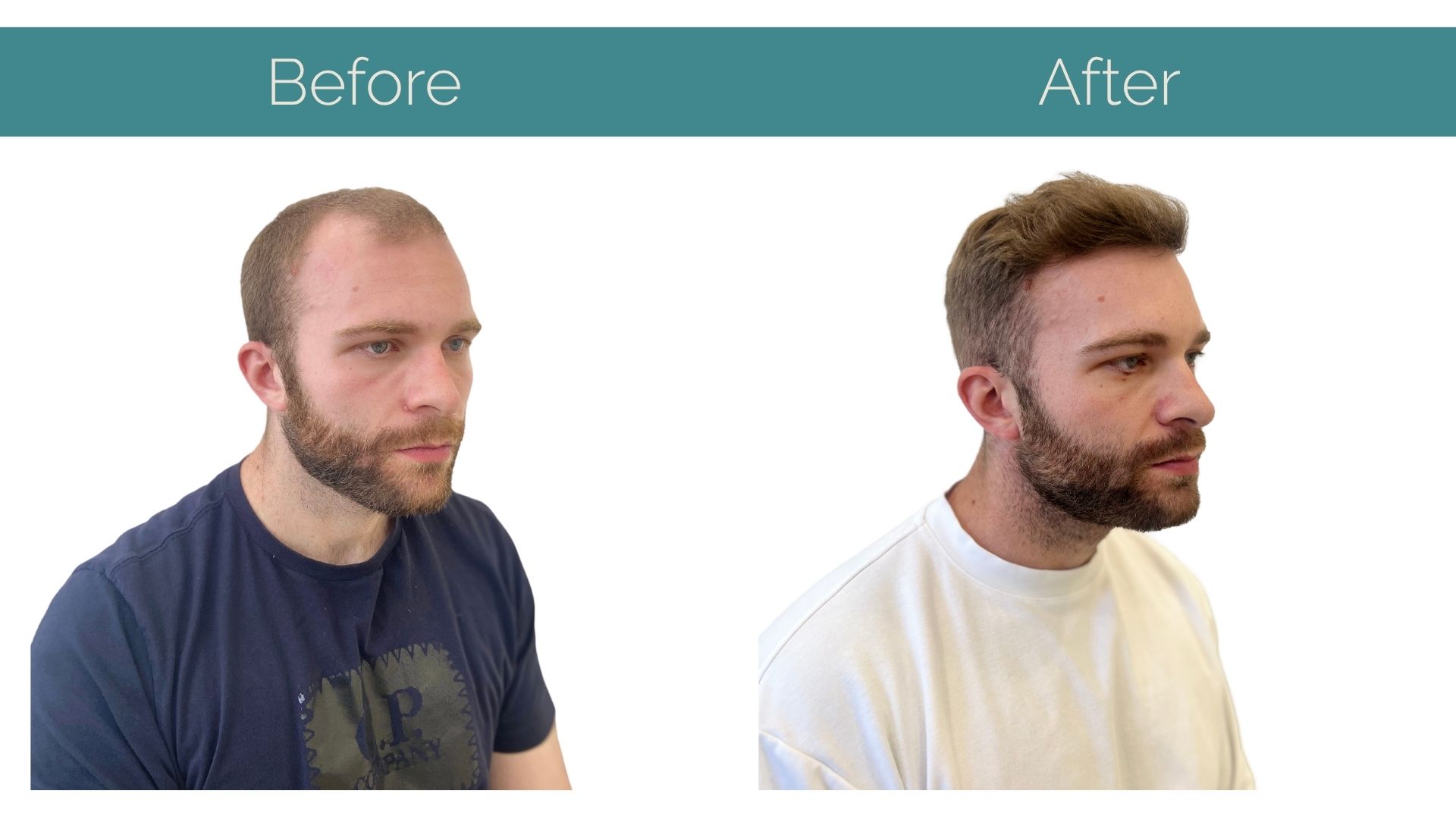
Is It Right for Everyone?
As with all cosmetic procedures, beard-to-scalp transplants aren’t for everyone.
Candidates need a good supply of facial hair, particularly under the chin or neck. If facial hair is patchy or sparse, alternative options may be considered. The texture difference also makes this technique less ideal for restoring front hairlines unless blended with scalp hair.
That said, for the right person, it can offer a fantastic opportunity to restore density, especially when scalp donor hair is no longer viable. It’s also popular among men who’ve had previous transplants and want to increase coverage or improve patchy areas.
The Bottom Line
What was once seen as a quirky idea is fast becoming a trusted solution. Beard-to-scalp transplants are helping men reclaim their hairlines and self-esteem using an unexpected – yet highly effective – source.
So, if you’re facing hair loss and wondering what options remain, take a closer look at your beard. It might just be the key to restoring your crown – and your confidence.
About IK Clinics
We don’t just specialise in FUE, we also offer other hair restoration treatments, such as Stem Cell Therapy and Plasma Therapy (PRP). Additionally, we also provide a range of anti-aging treatments to help you achieve that ‘I feel good’ feeling.
Get in touch to find out more and book your consultation.
